Architecture Traveller Tour, Nepal
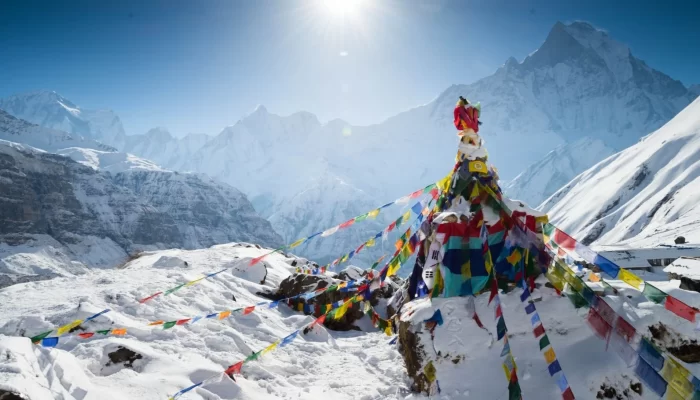
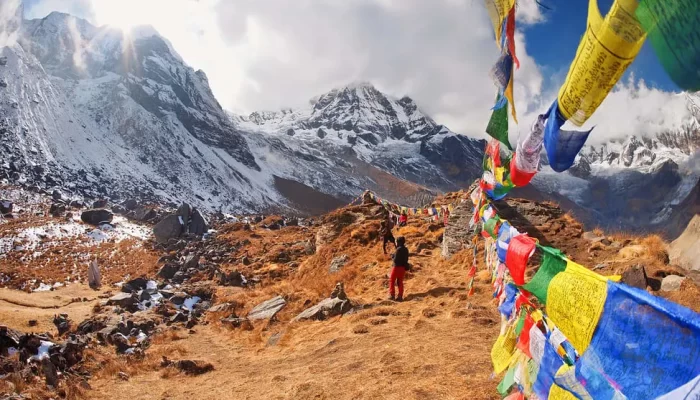
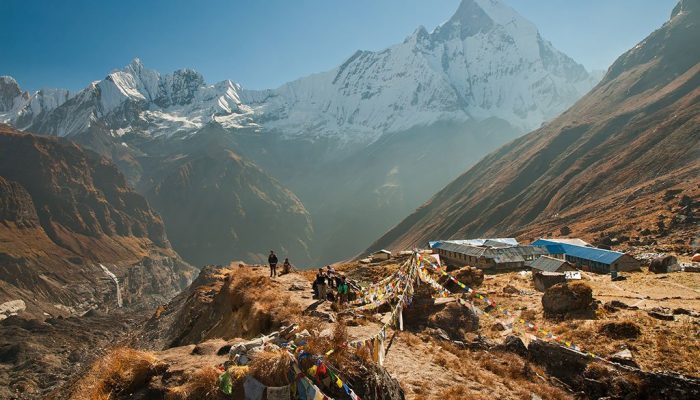
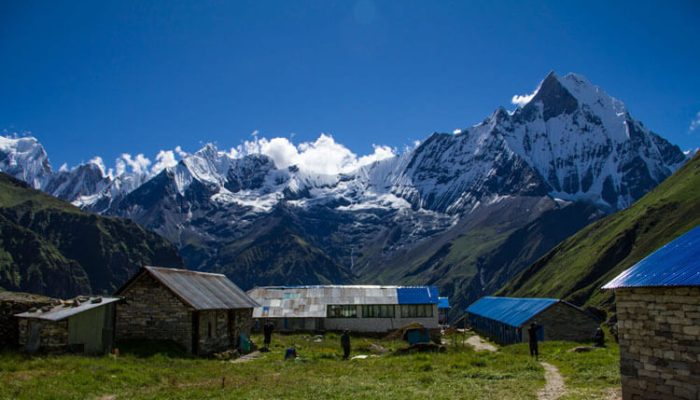
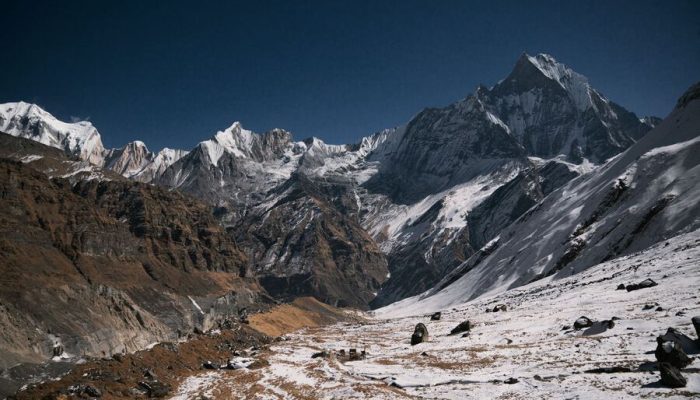
Sample Itinerary
DAY 1
ARRIVE KATHMANDU:
Upon arrival at Tribhuwan International Airport, Kathmandu, met and assisted by our representative at the arrival gate and transfer to the hotel.
Kathmandu is the capital of Nepal and the largest urban agglomerate of Nepal. The agglomerate consists of Kathmandu Metropolitan City at its core, and its sister cities Patan, Kirtipur, Thimi, and Bhaktapur. It also includes the recently recognized urban areas of Shankhapur, Karyabinayak, Champapur, Banepa, Dhulikhel and Panauti. According to a census conducted in 2011, Kathmandu metropolis alone has 975,453 inhabitants, and the agglomerate has a population of more than 2.5 million inhabitants. The city stands at an elevation of approximately 1,400 meters (4,600 ft) in the bowl-shaped Kathmandu Valley of central Nepal. It is surrounded by four major mountains: Shivapuri, Phulchoki, Nagarjun and Chandragiri.
Overnight at hotel in Kathmandu
DAY 2
IN KATHMANDU:
Breakfast: In the Hotel
AM: Sightseeing tour of Patan City & Handicraft centre
Patan Durbar Square: Patan, the ancient city, once a kingdom in itself, is situated across the Bagmati River to the south of Kathmandu. Patan Durbar Square offers the finest display of Newari urban architecture in Nepal. There are temples devoted to Shiva, Krishna, Ganesh and Vishnu all actively visited by residents and visitors. At the northern end of the square the ancient sunken water tap has been restored and is still in use with young girls filling huge jugs from the carved stone waterspouts. The courtyards of the Royal Palace with their ornamented windows, columned arcades, shrines and sunken royal bath are amongst the loveliest in all Kathmandu.
Visit Patan Kumari – Living Goddess: Kumari, A ‘living goddess’ made a rare public appearance to take center stage at a religious festival in Nepal. A Kumari, meaning virgin in Nepalese, is a young prepubescent girl, considered by devotees to be incarnations of the Hindu goddess of power, Kali.
Patan Museum: The Patan Museum displays the traditional sacred art of Nepal in an illustrious architectural setting. Its home is an old residential court of Patan Durbar, one of the royal palaces of the former Malla kings of the Kathmandu Valley. Its gilded door and window face one of the most beautiful squares in the world.
The residential palace compound of Keshav Narayan Chowk which houses the museum dates from 1734, displacing a Buddhist monastery that is still remembered in an annual public rite on the palace doorstep. But both monastery and palace rest on far older foundations that may go back to the Licchavi Period (ca. 3rd to 9th century).
PM: Sightseeing tour of Swayambhunath and Kathmandu City followed by Rickshaw ride in Thamel
Swayambhunath: The most ancient and enigmatic of the Valley’s holy shrines the golden-spired stupa of Swayambhunath tops a wooded hillock. Records of its history date as far as the 5th century, but its origins are believed to be older. It is the Kathmandu Valley’s most sacred Buddhist shrine and whilst its worshippers include the Vajrayana Buddhists of northern Nepal and Tibet, Newari Buddhists are the most fervent devotees.
Kathmandu Durbar Square: Kathmandu’s number one tourist attraction swarms with life. Though a few of the square’s 50-plus monuments date from the 12th century, most are from the time of the Malla Kings. Probably the most famous building here is the Kumari Bahal, a building richly decorated with beautiful woodcarvings, which is home to the Royal Kumari, the Living Goddess, a manifestation of the great goddess Durga. Nearby the former Royal Palace is a Mall Dynasty dwelling, once considerably more extensive than today. Within, the courtyard Nassal Chowk, originally hosted dramatic dance performances, now it is the coronation site of the Shah kings and contains some of the finest wood carvings you will see anywhere in the kingdom.
Rickshaw Ride at Thamel: Discover Kathmandu like a local as you explore the city on an evening rickshaw ride. Start the tour from Kathmandu Durbar Square and pass buzzing bazaars and market squares as you head to the colourful tourist hub Thamel, where you’ll spend time exploring by the different angels of Nepalese lifestyle, markets and many more. Sit back, relax and be enchanted as you take in views of the sunset, silhouetted temples and Kathmandu’s lively evening.
Later transfer for sightseeing tour of Bouddhanath and Pashupatinath
Overnight at Hotel in Kathmandu
DAY 3
IN KATHMANDU:
Breakfast: In the Hotel
AM: Sightseeing tour of Bhaktapur Durbar Square along with a heritage walk through its medieval alleys. Visit a Local Family to gain insight into the lifestyle of the locals.
Bhaktapur Durbar Square: Bhaktapur lies only at the distance of 13 km to the east from the capital city, Kathmandu, one can have an opportunity to experience a different world, the world full of vibrant cultures, colorful festivals, generations old craftsmanship, and on top of that it is very worthwhile experiencing its indigenous lifestyle – still preserved old houses, still practiced traditional ways of welcoming guests, still practiced culinary & cutlery and many more experiences.
As you walk in, you cannot but be overcome by a feeling of inner harmony. Such is the art and architecture and the special layout here. The Palace of 55 Windows built during the period of King Bhupatindra Malla in 1754 situated to the left as you enter through the city gate, inspires admiration. The National Art Gallery is also housed inside. The palace entrance, the Golden Gate known as SunkoDhoka in Nepali is a masterpiece in repousse art. In front of the palace building is a medley of temples of various designs. Amongst the three Durbar Squares in the Valley, the Durbar Square in Bhaktapur is the best preserved one.
Proceed to Dhulikhel (35 KM/ 1.5 hours drive)
Dhulikhel is a naturally and culturally rich destination for tourists seeking to escape the hustle and bustle of Kathmandu city and an ideal stop-off point on your way to the Tibetan Border. Straddling on a ridge with breathtaking views of the eastern Himalaya, the town is easily accessed from Kathmandu by the Arniko Highway, now a modern road; it was at one time an ancient trade route, with Dhulikhel being a main trading hub between Kathmandu, Tibet.
Historically, Dhulikhel is a Newar settlement. The Newars are an ethnic group of Nepal who originally inhabited the Kathmandu Valley. They are renowned for their outstanding craftsmanship and woodcarving skills which is evident in all the traditional homes around the old town. Newars are also perhaps the oldest and most traditional of Nepal’s ethnic groups and have a culture strongly based on religion, celebrated with a calendar of festivals that would even put New Orleans to shame.
In Dhulikhel
Aside from the breathtaking panoramic views of the Himalaya stretching from Langtang to Everest and beyond, there are plenty of interesting sites to see in the town. Take a short drive from the Resort and delve into the heart of the old town where you can loose yourself to time in the tangle of cobbled laneways, discover ancient houses with sagging wooden frame works, intricate carvings, hidden temples and thriving market squares. Discover the color and culture of this vibrant place as you wander past old men smoking pipes, women hand spinning wool, traditional wood carving workshops and hidden gardens through ancient archways. To the east of the town, past a local art gallery you can find the picnic ground and rest awhile before climbing the “Hazar Sindhi” (one thousand steps) to the Kali Temple, where you can be inspired by the snow capped peaks rearing above the steeply terraced foothills. And Hikking around Dhulikhel to enjoy local lifestyle of native people and rural lifestyle in country side area
Evening Sunset view over the Himalaya (Subject to weather permit)
Overnight at hotel in Dhulikhel
DAY 4
Drive to Namobuddha Monastery and back to Kathmandu:
Breakfast: In the Hotel
AM: Proceed for sightseeing tour of Namobuddha:
Namobuddha is an important Buddhist pilgrimage site of Nepal, and one of the three main stupas of the Kathmandu valley. Situated about 32 km to the south east of Kathmandu city, the Stupa and shrines in the lovely hill mark called Gandha Malla hill and is built on the bones and hair of prince Mahasattwa. This a very ancient holy site significantly enough where a legendary prince named MAHASATTVA offered himself to a starving Tigress with its several underfed cubs. This legendary episode is depicted in a very nice stone slab and depicted right next to a holy Stupa. His remaining parts of the body are said to be enshrined in the main stupa which is decorated with prayer flags
On the way back to Kathmandu visit to Thimi
Madhyapur Thimi is a municipality in Bhaktapur District in the Bagmati Zone of central Nepal. Thimi lies between Kathmandu, Lalitpur and Bhaktapur in the Kathmandu Valley. It is one of the ancient, cultural and historical places along the trade route from Bhaktapur to Kathmandu. Like other old cities this city is also situated on elevated land and therefore one has to climb up to reach this city. Thimi occupies an area of 2 square kilometers and is administratively divided into 17 wards.
Overnight at hotel in Kathmandu
DAY 5
DRIVE KATHMANDU / POKHARA (B)
Breakfast: In hotel
After breakfast drive to Pokhara which is approximately 210 km and 5 – 6 hours drive.
Pokhara is a place of remarkable natural beauty. The enchanting city has several beautiful lakes and offers stunning panoramic views of Himalayan peaks. The serenity of the lakes and the magnificence of the Himalaya rising behind them create the ambience that has made Pokhara such a popular place to relax and enjoy the beauty of nature. Tourism focuses on the districts of Dam-side and Lakeside (or Pardi and Baidam, in Nepali, respectively). These two areas, packed with hotels and restaurants, are a few kilometers southwest of the main Pokhara bazaar.
Rest of the day at Leisure
Overnight at hotel in Pokhara
DAY 6
IN POKHARA (B)
Breakfast: In hotel
Early morning excursion trip to Sarangkot to view sunrise over Himalaya (Subject to weather condition)
From Pokhara, Sarangkot is the most popular tourist destination from where the tourist can enjoy the great view of the Pokhara valley and the magnificent view of the mountains. Sarangkot is only 5 km from Lake Side. Sarangkot is the highest view point for a sunrise and it is just 1592m high. Sarangkot is 5 degrees cooler than Pokhara.
AM: Half day sightseeing tour of Pokhara city
Devi’s fall: Locally known as Patale Chango (Hell’s fall) also known as Devin’s and David’s is a lovely Waterfall is about 2 km south West of Pokhara airport on the Siddhartha Highway. Legend has it that a trekker by the name of Davy was washed away by the Padi Khola and mysteriously disappeared down into an underground passage beneath the fall.
Gupteshwor Cave: Gupteshwor Gupha, a sacred cave, lies 2 km from Pokhara airport on the Siddhartha Highway leading southwest from the city. The entrance is right across from Devi’s fall and the cave is almost 3 km long. It has some big hall-size rooms and some passages where you have to crawl on all fours. This cave holds special value for Hindus since a phallic symbol of Lord Shiva is preserved here in the condition it was discovered. An entrance fee of Rs. 5 is charged and taking pictures inside the cave is prohibited.
The Old Bazaar: Pokhara’s traditional bazaar is colorful and so are its ethnically diverse traders. In its temples and monuments can be seen ties to the old Newar Architecture of the Kathmandu valley, Located about 4 km from Lakeside, the market S original charm is still evident. This area is strewn with shops selling commodities ranging from edibles to and cloth to cosmetics and gold is a pleasant and shady spot to stroll around. The old Bazaar is also home to one of Pokhara’s most important shrines.
Visit of International Mountain Museum
The museum is located 1.5 kilometers south of the Pokhara airport. Rightly so the museums location offers a view of the three 8000+ meter peaks of the area. The museum focus is on those who travel to this country for mountaineering. On display are also different mountain cultures and their ways of life, world mountain systems, ecology, as well as an exhibition of the world mountaineering history
Overnight at hotel in Pokhara
DAY 7
DRIVE BACK FROM POKHARA/KATHMANDU (B)
Breakfast: In hotel
After breakfast drive back to Kathmandu which is approximately 210 km and 6 – 7 hours drive.
After arrival in Kathmandu, you will be transfer to the hotel.
Rest of the day at Leisure
Overnight at hotel in Kathmandu
DAY 8
DEPART KATHMANDU (B)
Breakfast at hotel
Free till departure
On time transfer to International airport to connect onwards flight.
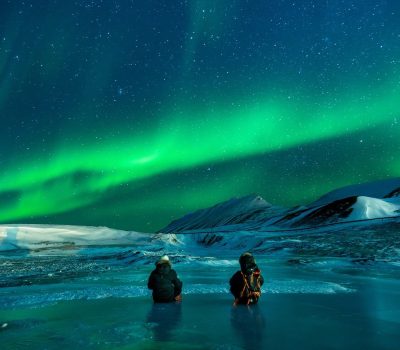
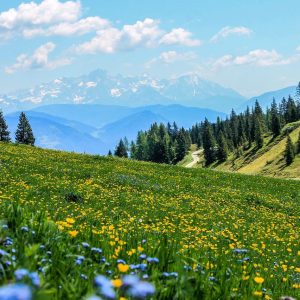
CREATE AN EXPERIENCE
Let's Make Memories Together
The voyage does not finish once you have left. We’ll transport you to a world of wonders and create amazing memories that will last long after you’ve returned home.
Away from the regular tourist traps, you’ll have a one-of-a-kind, authentic experience. A sensation created in an energizing setting that will be yours and yours alone. We will make this happen because old travels are great ones. The world’s wonders are within your grasp.





